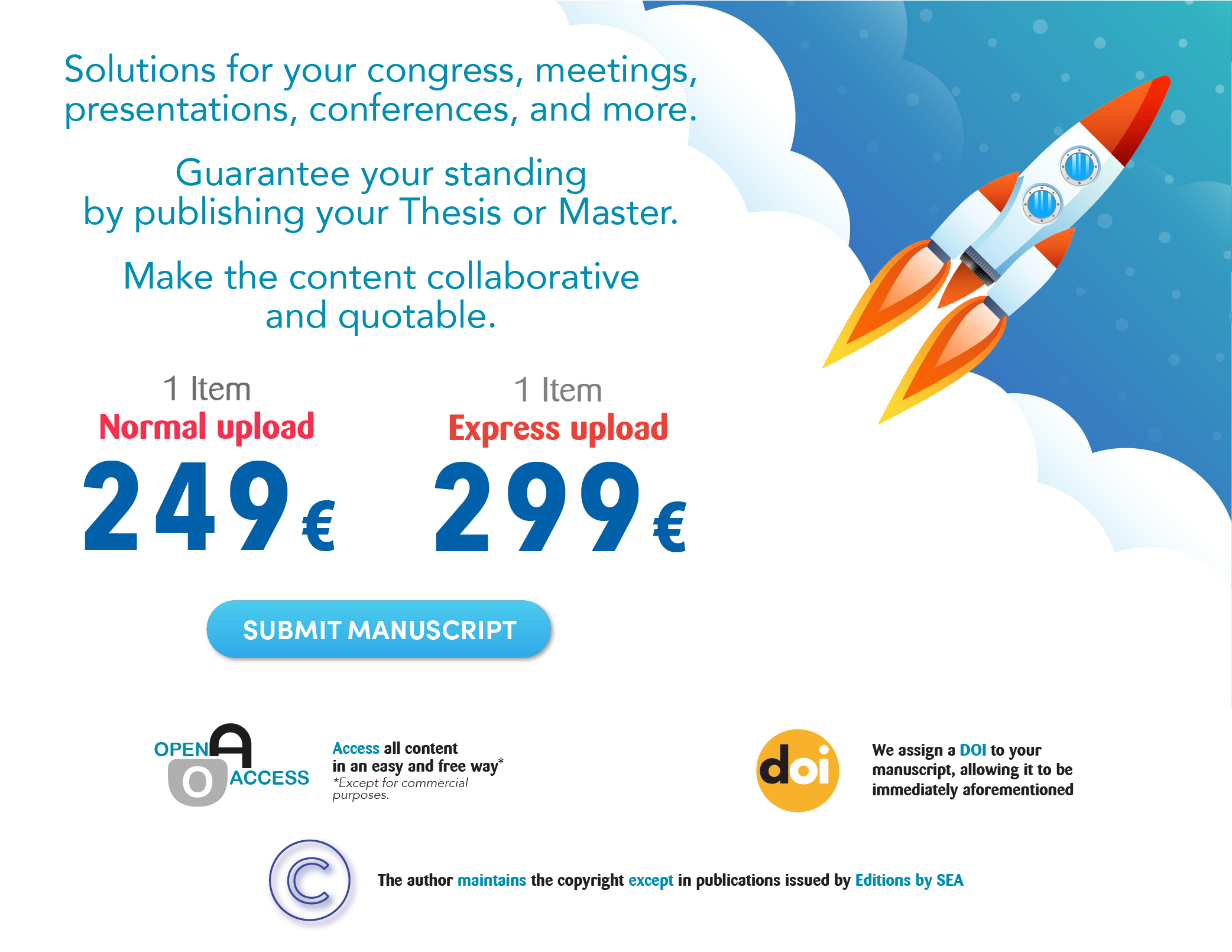Addressing persistent/recurrent pain by combining transcranial direct current stimulation with virtual reality
Abordatge del dolor persistent/recurrent a través de la combinació d'estimulació transcranial per corrent directe amb realitat virtual
Authors: Selma Delgado Gallén
Coauthors: María Redondo Camós, Roger Bragulat, Judit Salinas, Manel Ochoa, Raúl Pelayo
Keywords: Chronic pain. Transcranial direct current stimulation. Virtual reality. Attentional bias
Keywords: Dolor crònic. Estimulació transcraneal per corrent directe. Realitat virtual. Biaix atencional
Abstract: Addressing pain using the combination of non-invasive brain stimulation (NCI) and virtual reality (VR) is a promising area of research that offers new avenues for the treatment of chronic and acute pain. This approach is based on the integration of two technologies that have proven to be effective separately (Jones 2016, Pacheco-Barrios 2020), offering a synergy that could significantly improve the quality of life of patients.
Abstract : Addressing pain using the combination of non-invasive brain stimulation (NCI) and virtual reality (VR) is a promising area of research that offers new avenues for the treatment of chronic and acute pain. This approach is based on the integration of two technologies that have proven to be effective separately (Jones 2016, Pacheco-Barrios 2020), offering a synergy that could significantly improve the quality of life of patients.L’abordatge del dolor mitjançant la combinació d’estimulació cerebral no invasiva (ECNI) i realitat virtual (RV) és una àrea de recerca prometedora que ofereix noves vies per al tractament del dolor crònic i agut. Aquest enfocament es basa en la integració de dues tecnologies que han demostrat ser efectives per separat (Jones 2016, Pacheco-Barrios 2020), oferint una sinergia que podria millorar significativament la qualitat de vida dels pacients.
08-12-2024
Selma Delgado Gallén
0 Comments
| Citation: Selma Delgado Gallén, María Redondo Camós, Roger Bragulat, Judit Salinas, Manel Ochoa, Raúl Pelayo. Abordatge del dolor persistent/recurrent a través de la combinació d'estimulació transcranial per corrent directe amb realitat virtual. https://doi.org/10.24175/sbd.2024.000116 |
| Received: December 08, 2024 Accepted: December 08, 2024 Published: December 08, 2024 |
| Copyright: © 2024 Delgado Gallén et al. This is an open access article distributed under the terms of the Creative Commons Attribution License (CC BY-NC), which allows, distribution, reproduction in any medium, provided the original author and source are credited and non-commercial use. |
| Funding: |
| Conflicts of Interest: |
Abordatge del dolor persistent/recurrent a través de la combinació d'estimulació transcranial per corrent directe amb realitat virtual
Selma Delgado Gallén1, María Redondo Camós, Roger Bragulat, Judit Salinas, Manel Ochoa, Raúl Pelayo
1Fisioterapeuta Rehabilitación PHD, Guttmann
Autor per correspondència
Selma Delgado Gallén, selmadelgado@guttmann.com
Paraules Claus: Dolor crònic, Estimulació transcraneal per corrent directe; Realitat virtual; Biaix atencional
Introducció
L'abordatge del dolor mitjançant la combinació d'estimulació cerebral no invasiva (ECNI) i realitat virtual (RV) és una àrea de recerca prometedora que ofereix noves vies per al tractament del dolor crònic i agut. Aquest enfocament es basa en la integració de dues tecnologies que han demostrat ser efectives per separat (Jones 2016, Pacheco-Barrios 2020), oferint una sinergia que podria millorar significativament la qualitat de vida dels pacients.
Objectiu
Comprovar si l'ECNI combinada amb RV pot disminuir el dolor i les seves conseqüències cognitiu-afectives i discernir si té un efecte diferent segons el tipus de dolor.
Metodologia
Una mostra de 21 pacients amb dolor persistent van realitzar un protocol de 10 sessions de 20 min de duració d'estimulació transcranial per corrent directe (TDCS) combinat amb RV. L'ànode es va col·locar a l'àrea motora primària segons la localització del dolor (C3, C4) i l'elèctrode de retorn al còrtex prefrontal (FP2, FP1). Es va dividir la mostra segons diagnòstic en pacients amb dolor neuropàtic (n=12) i dolor de tipus nociplàstic (n=9).
Primer es va realitzar amb la mostra total (n=21) proves t en les variables de intensitat, interferència afectiva i de l'activitat, així com dels resultats del qüestionari de catastrofisme, administrats tots abans i després del tractament. Posteriorment vam repetir les proves comparant entre grups. L'aplicació de la RV es va escollir segons el tipus de dolor i impacte del dolor, i s'incloïen activitats relacionades amb la marxa, trenca-closques, activitats de coordinació o vídeos en 360º.
Resultats
Els pacients van mostrar una milloria en intensitat (t=4,922, p<0,001) i interferència afectiva (t=4,407, p<0,001) i d'activitat (t=4,060, p=0,001), així com en catastrofisme (t=2,308, p=0,035). Aquestes millories no variaven significativament segons el tipus de dolor, excepte el catastrofisme que disminuïa més en el grup de dolor nociplàstic (F=10,551, p=0,005).
Conclusions
La combinació de TDCS amb RV és un tractament efectiu no només per disminuir la intensitat sinó aspectes més cognitiu-afectius com el catastrofisme. A més, l'efecte beneficiós és comú en dolor nociplàstic com en dolor neuropàtic, suggerint l'efecte terapèutic d'aspectes relacionats amb la RV com la desviació de l'atenció o la motivació derivada del joc.
Addressing persistent/recurrent pain by combining transcranial direct current stimulation with virtual reality
Selma Delgado Gallén1, María Redondo Camós, Roger Bragulat, Judit Salinas, Manel Ochoa, Raúl Pelayo
1 Physiotherapist Rehabilitation PHD, Guttmann
Corresponding author
Selma Delgado Gallén, selmadelgado@guttmann.com
Keywords: Chronic pain, Transcranial direct current stimulation, Virtual reality, Attentional bias
Introduction
Addressing pain using the combination of non-invasive brain stimulation (NCI) and virtual reality (VR) is a promising area of research that offers new avenues for the treatment of chronic and acute pain. This approach is based on the integration of two technologies that have proven to be effective separately (Jones 2016, Pacheco-Barrios 2020), offering a synergy that could significantly improve the quality of life of patients.





